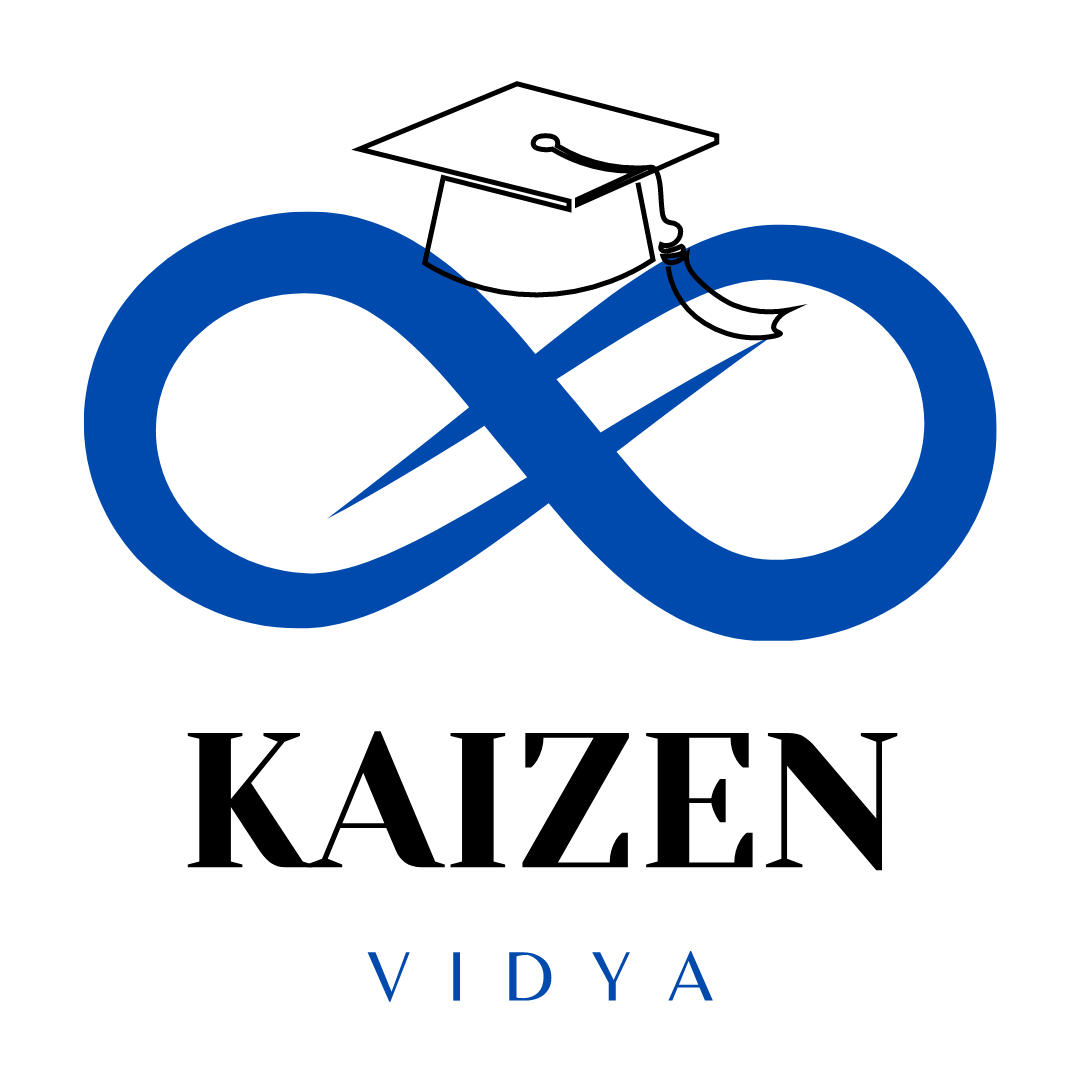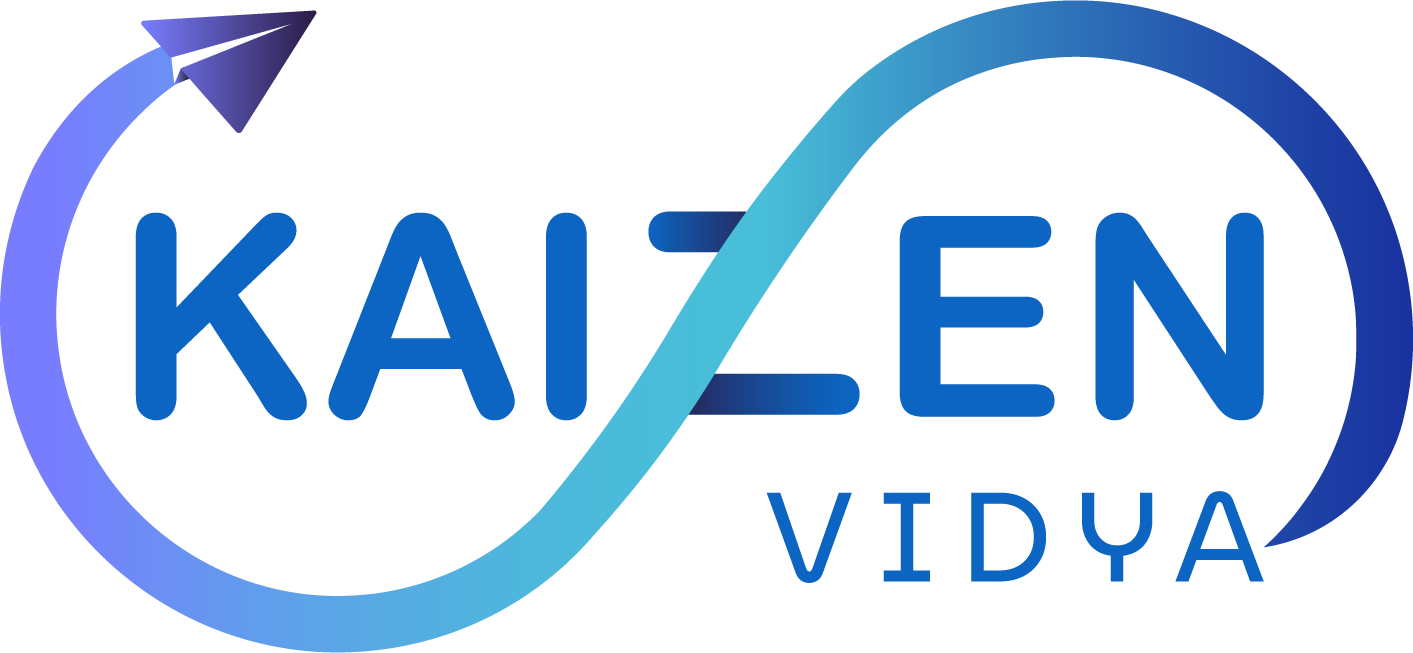
The U.S. higher education sector is poised for significant changes by 2025, influenced by political shifts, economic factors, and technological advancements.
Political Landscape:
The inauguration of President Trump on January 20, 2025, introduces potential policy changes affecting international education. Anticipated measures include visa restrictions and travel bans, which could impact international student mobility. However, proposals to grant green cards to international U.S. college graduates may attract more students.
Economic and Demographic Challenges:
Institutions face rising price sensitivity among students and an impending enrolment decline due to demographic shifts. International student enrolments are increasingly vital to offset these trends. Despite uncertainties, the U.S. has experienced record numbers of international students, with expectations for continued growth.
Technological Advancements:
The rapid advancement of artificial intelligence (AI) is reshaping higher education. AI influences pedagogical practices, administrative functions, and cybersecurity measures. Institutions are investing in digital infrastructure and training to adapt to these technological changes.
Strategic Focus Areas:
To navigate these challenges, institutions are advised to:
Emphasize Career Outcomes: Highlighting graduate employment success can attract prospective students.
Leverage Technology and Data: Utilizing advanced analytics can enhance recruitment strategies and operational efficiency.
Enhance Student Experience: Investing in quality student housing and support services can serve as competitive differentiators.
By focusing on these areas, U.S. higher education institutions can better position themselves to attract and support international talent amid evolving global dynamics.




Comments